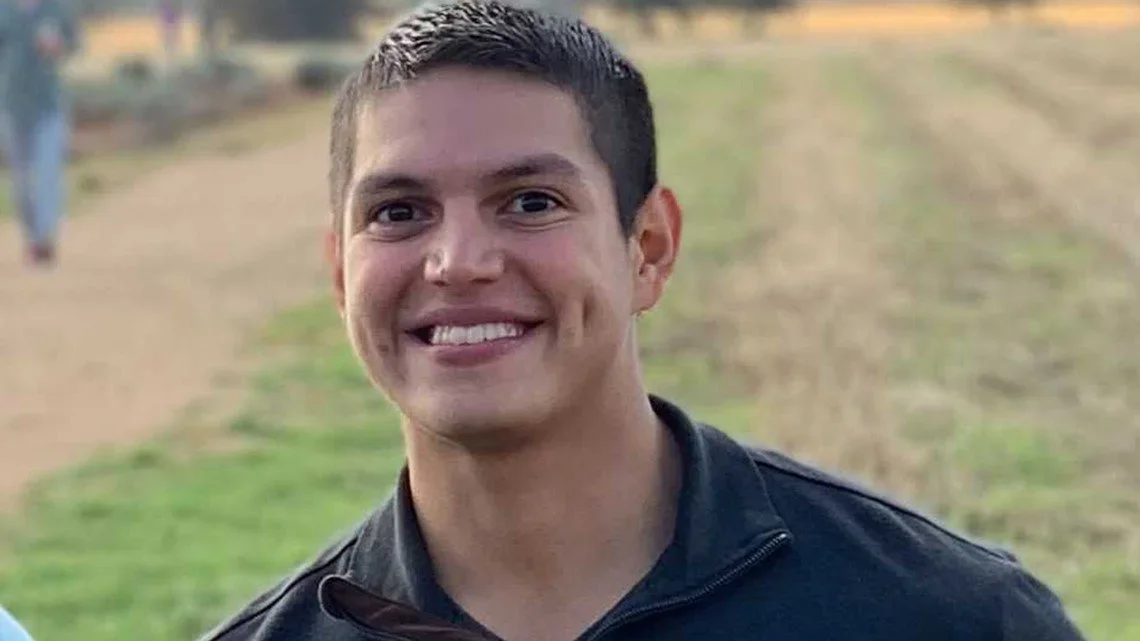Saving Private Ryan: Truffade: Rustic French Potato and Cheese Pancake 🥁🥁🥁🥁🥁
/Year Released: 1998
Directed by: Steven Spielberg
Starring: Tom Hanks, Edward Burns,Tom Sizemore, Jeremy Davis, Barry Pepper, Giovani Ribisi, Matt Damon
(R, 169 min.)
Genre: Drama, War Film
Academy Award: Best Director (Steven Speiberg)
“Earn this.” Captain Miller (Tom Hanks) to Private Ryan (Matt Damon)
Possibly the greatest and most realistic war film ever made. Certainly not the typical Hollywood film that tends to glorify war.
In the Last Great Invasion of the Last Great War, The Greatest Danger for Eight Men was Saving... One.
This fictional story was inspired by true events about a team chosen to go behind enemy lines to rescue the sole surviving brother of four who were sent to WWII.
And it was so realistic that some veterans had to leave the theater during the simulated storming of Omaha Beach in the opening sequence.
Spielberg, who won a Distinguished Civilian Service Award, the military’s highest civilian decoration, as well as his Best Directing Oscar for the 1998 film, said his aim was to honor those who had stormed the beach of Normandy by showing the real horror of war, rather than a glossed over Hollywood version.
The sequence was a full 24 minutes long and extremely costly.
“Altogether, the 24-minute sequence cost a whopping $12 million, almost a fifth of the film’s $70 million budget…. Both the historic Omaha Beach scene and the film itself were lauded by critics and veterans upon release, and to this day, Saving Private Ryan's opening sequence is considered the most accurate depiction of war ever committed to the screen.”
In fact, many say Spielberg’s film renewed interest in WWII and changed filmmaking forever.
The film was Inspired by accounts the deaths of multiple soldiers in a single family, such as the four Niland brothers from Tonawanda, New York, who served in the military during World War II; their story is also referenced in Band of Brothers.
But Spielberg ties this semi fictional rescue of a lone brother whose other three have been killed or reported missing in action to a letter Abraham Lincoln wrote to …
“a Boston widow who lost five sons fighting the Civil War. Known as the Bixby Letter, scholars consider it one of Lincoln’s finest literary efforts.
The missive has won praise as a masterpiece of the English language and comparable with – even better than – the Gettysburg Address. It’s been called the “finest condolence letter in the English language.
It may well be the most controversial condolence letter in the English language. Some say Lincoln never wrote it. Historians argue over exactly how many sons Mrs. Bixby lost fighting for their country. It certainly wasn’t five. And Mrs. Bixby herself has been reviled as a whorehouse madam who sympathized with the South.”
Several scenes stand out. The first is the now old Private Ryan (Harrison Young ) visiting the Normandy American Cemetery in France and sobbing over the grave of Captain Miller (Tom Hanks), who sacrificed his life to save the young Ryan.
Of course, another standout scene is the aforementioned Normandy storming of Omaha Beach.
Part of that scene was the wanton and yet pragmatic brutality of war, the killing of soldiers trying to surrender. A group of soldiers raise their hands to surrender, but they speak Czech and no one could understand them. A further irony is that Czech soldiers were mostly likely forced into the war by their German captors after Germany occupied their country.
“Director Steven Spielberg's decision to show this scene without subtitles, even though the surrendering soldiers were speaking Czech, to make the impact even stronger. It allowed the audience to feel the fear and confusion of the soldiers, even if they didn't understand the language.”
Different Drummer’s first thought didn’t involve a language barrier, though. Most Americans would not understand German, even if they could hear it over the din of battle. They were fighting to stay alive among the constant barrage of bullets moving them down.
The bloody, graphic scenes are not for the faint of heart. One soldier is amazed his helmet has saved his life and marvels, taking it off for a moment. Almost immediately another bullet kills him instantly, a little like the sniper death of Kate in NCIS.
When the high officials of the war office go to the modest Iowa home of the Ryan brothers, their mother doesn’t faint; it’s more like her legs melt into the front porch as the men approach.
Then we have the shaking fingers of Tom Hanks’ Captain Miller. He is outwardly calm, reasonable, and never complains, unlike his men who question putting all their lives in danger to rescue a single soldier. But the captain explains that you only complain up, not down, and there is no one around to whom he can air his grievances.
The shaking hand – not the onset of Parkinson’s or some other ominous disease – is from all the bottled up fear, rage, and terror that he must hide from his men.
Some final irony is the clash between Captain Miller’s men and a German soldier who has stabbed a beloved comrade to death. The men are about to do the same to him, when he begs for his life, saying how much he loves Americans as he tries to sing the National anthem and then desperately says “F**k Hitler.” The young and naïve Upham (Jeremy Davies), recruited only for his knowledge of German with no battle experience, argues that killing him is against the rules of war.
Captain Miller reconsider and blindfolds the German soldier, telling him to march 1000 paces and turn himself in, a decision he and especially Upham will live to regret.
***
This review only skims the surface of this epic war film that changed filmdom forever. Time to watch it again as we try to regain the peace and freedom for which the Greatest Generation gave their lives.
–Kathy Borich
🥁🥁🥁🥁🥁
Trailer
Film-Loving Foodie
Our intrepid soldiers are too busy staying alive in their search for the elusive Private Ryan to eat anything other than army rations, but they can dream, can’t they.
Maybe forget those devastated towns, piles of broken buildings and broken bodies, infested with lethal soldiers, tanks, and brutally efficient guns.
Let’s let them picture a quiet France, if only in their minds: the mountains and green rolling hills of Auvergne, where this tasty dish is from. And let them forget about that infamous town that is part of the region, Vichy, or occupied France, and instead think about the beautiful dairy cows grazing there that supplied tome de Cantal cheese for today’s recipe.
At its heart lies the region’s rich dairy heritage, with tomme fraîche de Cantal—an unaged, mild cheese—taking center stage. This young cheese, known for its exceptional melting properties, brings a luscious, cohesive texture to the dish. I’ve opted for Vermont cheddar curds as a local alternative. Their melting quality mirrors the tomme fraîche, making them a perfect substitute—and a nod to where I currently live in Vermont. –Francois de Melogue
It is likened to a thick pancake made with thinly sliced potatoes that are slowly cooked in goose or duck fat until tender, then mixed with thin strips of Tome Fraîche de Cantal.
( For tomme fraîche de Cantal, good substitutes include Comté, Gruyère, Swiss cheese, or Emmentaler. Other options include a mix of cheddar and mozzarella or Monterey Jack cheese. The key is to choose a cheese that melts well and has a mild flavor profile.)
This mix is stirred until it sticks together in a thick pastry or pancake, sometimes decorated with fresh parsley. –Judith Coates
Truffade: French Potato and Cheese Pancake
Ingredients
500 gr /1 lb waxy potatoes, such as Charlotte, Red Bliss, French Fingerling, Red Gold and Red Norland, or Yukon Gold Any yellow or red skinned potato.
250 gr /½ lb Tome fraîche de Cantal cut into thin strips or small cubes although hard to match, cheese that will melt well will work like Cantal, Gruyère, Laguiole, or mozzarella
5 gr /3 tablespoon Duck fat Goose fat (lardon will do if the others are not available) or butter
1 large garlic clove finely chopped or mashed in a garlic press
½ teaspoon each salt and pepper
Directions
Peel and cut the potatoes into slices.
Sauté until browned and tender in a large pan or casserole dish, and season with garlic, salt, and pepper.
Add the cheese at the end of cooking.
Mix gently with a spatula or wooden spoon until the cheese has melted.
Once the 'pancake' is fairly well set, you can flip it over to brown the other side.
Serve immediately with a green salad and slices of ham.
Or add small pieces of lardons (thick lean bacon) to the potatoes while they are cooking, but it is not the “true” recipe. If you do use lardons, reduce the amount of salt.
Love French Food.com
























